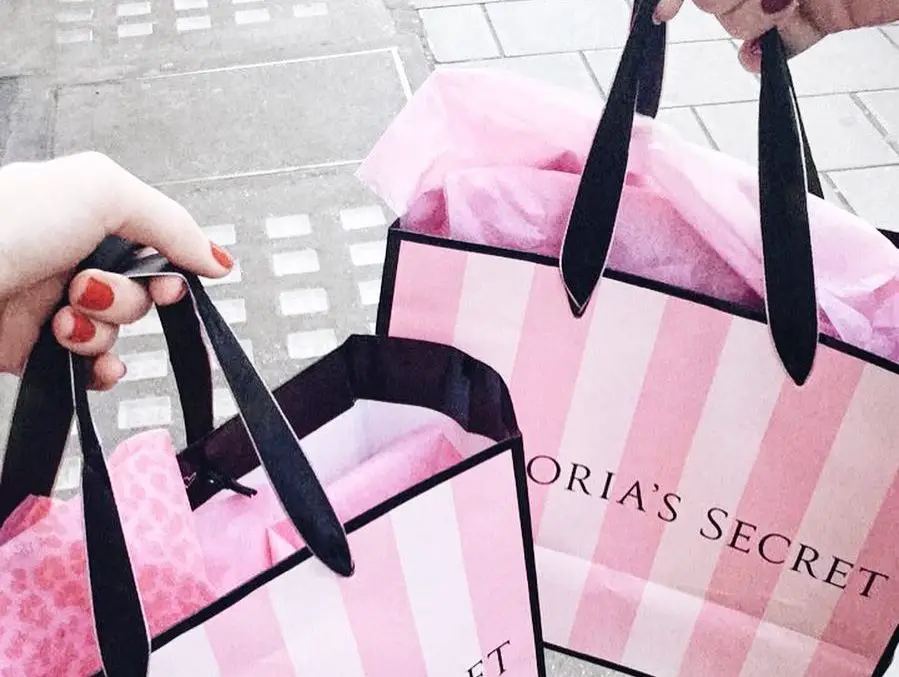Victoria’s Secret, which was once known as America’s most popular lingerie retailer, is now struggling to keep afloat due to shifting customer tastes.
Throughout the past years, the company has been steadily losing its grip on its consumers thanks to its oppressive attitude toward feminism and beauty standards. While many contemporary lingerie brands are employing an inclusive marketing strategy that features “non-models” representing various shapes and sizes, Victoria’s Secret has mostly remained indifferent to evolving its models’ image.
Not only do they lack the desire to embrace different body types, but their attempts at racial diversification have remained poor since the beginning of their trek. Although the company has recently started working arduously to execute a turnabout under new leadership, it may be difficult for Victoria’s Secret to return to its past glory due to the internalized company belief that a narrow, male-constructed image of female sexuality and beauty defines a woman’s self-worth.
The Beginning and Immediate Success of Victoria’s Secret
The official launching of Victoria’s Secret dates back to 1977 when American businessman Roy Raymond opened its first store in Palo Alto, California, with $80,000 in savings. Raymond primarily gathered inspiration for the name and ambiance of the store from the Victorian era in England, wanting to evoke the elegance and propriety that defined this time period.
The new boutique immediately garnered consumers’ attention as it not only offered a setting where men could comfortably buy lingerie for their partners but also gave women an opportunity to purchase sexy underwear.
The opportunity for women to buy slinky, lacy slips at a mass retailer proved to be revolutionary; provocative lingerie was not common at the time and most underwear prioritized function rather than aesthetic appeal.
However, one of Victoria’s Secret’s initial appeals — the catalog — highlights a matter that is still pertinent today. With its featuring of women in various provocative positions, the initial creation of the catalog was originally meant to target and attract men rather than women.
Although the catalog did manage to build up a steady male fanbase over the years, it also succeeded in creating a lingering stigma where a woman’s self-esteem depends on how physically and sexually attractive they are to men — a stigma that ultimately objectifies women by portraying them as decorative sex objects.
The Steady Downfall and Controversy Surrounding the Company
By the end of the 20th century, Victoria’s Secret had almost 700 stores throughout the United States. Millions of the retailer’s catalogs flew into mailboxes each season. To further the company’s success, the Victoria’s Secret Fashion Show made its debut in 1995, which later evolved into a global media event.
Although the lingerie company managed to eventually own about 32% of the women’s underwear market by 2013, the fact that this success was built upon hyper-sexualization and the image of utterly flawless female bodies remained. Victoria’s Secret’s oppressive attitude toward feminism can primarily be attributed to its former executive, Ed Razek, as he carefully controlled the company to fit his version of what “sexy” looked like.
The majority of the company’s earlier advertisements depicted airbrushed, elongated models simply lounging around in carefree, private and expansive settings. The featured women remain mute since they do not have to communicate any other ambition besides looking ready to have sex in a relaxed and comfortable setting.
The level of bodily perfection, oppression and sexualization in these advertisements initially proved to be a successful marketing strategy from the late 20th to early 21st century. Men were attracted to the excessively conventional form of femininity that was illustrated, and women flocked to this image, thinking this is what men desired.
However, the appeal for this unfeasible, outdated image rapidly declined with the emergence of more progressive and inclusive underwear brands such as Aerie, ThirdLove and TomboyX. Instead of advertising a homogenous set of models — thin, tall and surrounded by opulent leisure — these companies focused on empowering and beautifying women of all sizes while prioritizing comfort rather than sex appeal.
Consequently, consumers began to criticize Victoria’s Secret for continuing to promote this narrow, male-constructed image of female sexuality. Many also implied that the hyper-sexualization of women and the failure to embrace different body types was due to the misogynistic culture that permeates throughout the company.
These criticisms only grew in nature with the launch of the #MeToo movement in 2017, with sales plummeting by $600 million that same year. Numerous models began to come forward with accusations of bullying, sexual harassment and misogyny. Even the once glamorized and highly admired Victoria’s Secret Fashion Show lost its appeal for many due to these allegations, which eventually led to the cancellation of the show in 2019.
Moreover, the company’s image was further tarnished with the uncovering of the close, illicit relations between the former chairman of Victoria’s Secret, Leslie Wexner, and Jeffrey Epstein. In the end, Victoria’s Secret’s value was only a fraction of what it once was.
The Current State and Future of Victoria’s Secret
Despite the company’s recent ambitions to evolve and embrace diversity and body inclusivity, Victoria’s Secret’s decision may have come a little too late.
As the spread of the coronavirus forced malls to shut down nationwide last year, sales plummeted more than ever. Consequently, L Brands (the parent company of Victoria’s Secret) announced the closure of 235 Victoria’s Secret stores and three Pink stores across the U.S. and Canada. The company later revealed that should its situation continue to worsen, it would be difficult to source the material it needs as many factories in Asia continue to stay closed, ultimately placing its e-commerce channel under additional strain.
Although the brand has partly recovered due to its boost in online sales, there are many more steps that need to be taken to rebuild both its economic value and image.
With the company being years behind its competitors, however, it may be difficult for consumers to not view the rebranding of Victoria’s Secret as a last-ditch attempt to be relevant among its far more inclusive counterparts.

















